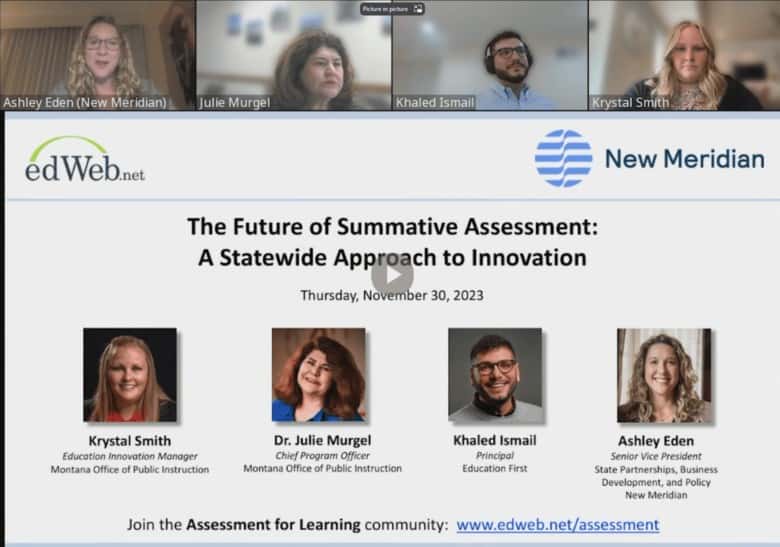In 1971, funded by a small grant from the University of Minnesota, a little-known researcher with an expertise in psychometrics began working on a groundbreaking system for measuring student learning. Powered by a mainframe computer, his test automatically adjusted the difficulty of test questions based on how previous questions were answered.
Professor David. J. Weiss could not have known it at the time, but nearly 50 years after his pioneering work began, adaptive tests would come to be viewed broadly as an important step in the evolution of student-centered learning.
Enactment of the Every Student Succeeds Act (ESSA) gave states broad new flexibility in the types of tests that can be used to satisfy the assessment requirement. And as a result, many states are rethinking systems of assessment and evaluating tests that can help educators meet students where they are in their progress toward mastery.
Adaptive assessments can provide a better testing experience because student motivation tends to increase when students are being tested at the appropriate level of difficulty.
“As the focus of instruction continues to shift from the teacher to the learner, a growing number of states and school districts are exploring ways to migrate away from fixed-form assessments to adaptive tests,” says Tracy Gardner, Chief Assessment Officer at New Meridian. “We’re focused on reducing the greatest barriers to personalized learning pathways.”
Chief among those barriers is cost.
To begin with, adaptive tests require both adaptive algorithms and an inordinate amount of psychometric expertise in item response theory (IRT). They also require a sophisticated test delivery platform.
But by far, the most prohibitive barrier is the expense required to build and maintain a suitable item bank. A high-quality 40-question adaptive test will select just the right next-question for a student drawn from a test item bank of more than 800 questions.
For the better part of a year, New Meridian has been working with states and education stakeholders to develop an adaptive test that can both meet students where they are and maintain the kind of rigor that differentiates high-quality assessments from inferior tests.
“High-quality adaptive tests have to preserve the task models, passage sets, and complex item types needed to measure critical thinking and problem solving,” says Gardner.
By meeting students where they are and returning scores more quickly, these assessments will provide educators with more valid measures of students’ learning and address a common critique: that scores are returned too late to be of instructional value.
New Meridian is helping states with the transition to adaptive testing in several ways: by providing states not only with psychometric and test-design expertise, but also with a cost-effective source for the high volume of needed high-quality test items required to build a functional adaptive state assessment system.


